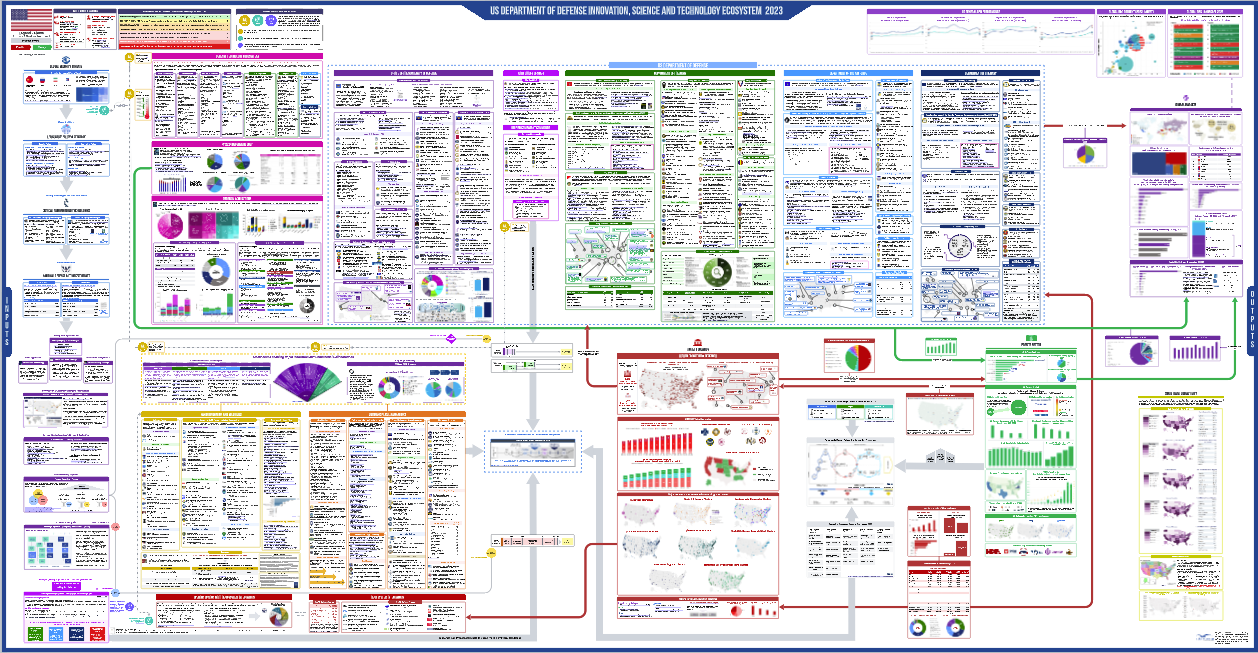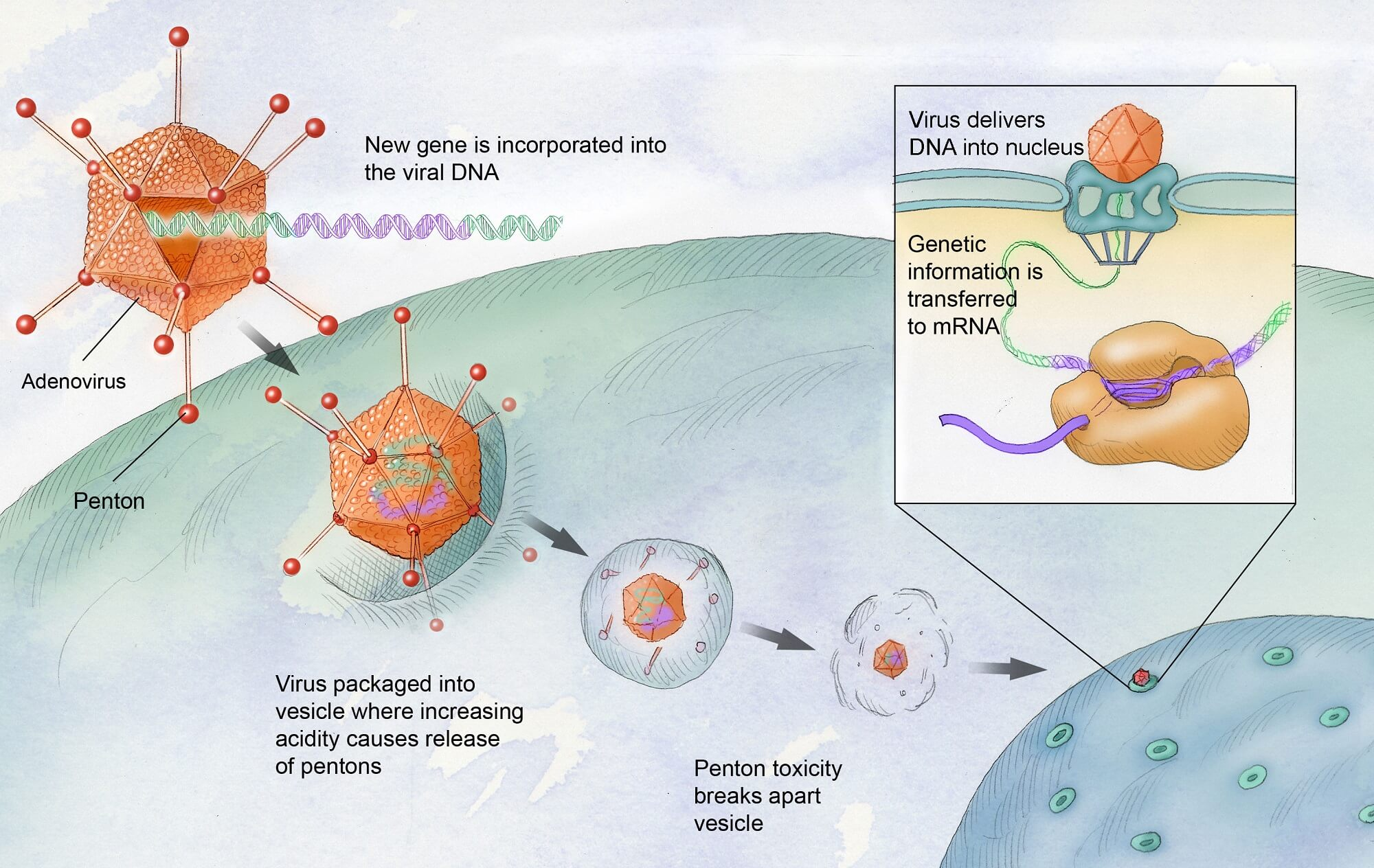The U.S. innovation ecosystem stands as a beacon of creativity and progress, shaping the future of multiple industries, especially health innovation. Its origins can be traced back to pivotal moments in history, such as World War II, when government-supported research led to groundbreaking advancements like the mass production of penicillin. This partnership between public and private sectors has fostered an impressive framework of biomedical funding, enabling further exploration and development. Today, as debates arise over federal funding impact on research, the vital role of public-private research in driving scientific discovery cannot be overstated. The ongoing evolution of this innovation landscape promises continued breakthroughs in medicine and technology that affect lives globally.
The innovation landscape in the United States represents a dynamic interplay of creativity and strategic investment in various sectors, particularly healthcare. This rich tapestry, woven through decades of collaborative efforts between government and private entities, underscores the importance of historical research development in securing vital contributions to science and technology. Amid rising concerns regarding the implications of federal funding, these partnerships continue to exemplify how united efforts can lead to significant advancements in biomedical fields. The foundation laid by these initiatives demonstrates the profound potential for innovative solutions, empowering both researchers and entrepreneurs alike. As we navigate this complex environment, the pursuit of health innovation remains at the forefront, driving the U.S. to maintain its status as a leader in global research.
The Genesis of the U.S. Innovation Ecosystem
The U.S. innovation ecosystem traces its roots back to World War II, a pivotal period when government-backed research catalyzed significant advancements in health and technology. It was during this time that scientists discovered how to mass-produce penicillin, a groundbreaking medical innovation that drastically changed treatment protocols for bacterial infections. This achievement was not merely an isolated event; it marked the beginning of a robust relationship between public and government funding that facilitated health innovations and laid the groundwork for future advancements.
In those years, the collaboration between scientists and government agencies set a precedent for ongoing public-private partnerships. The dedication to research during this turbulent time highlighted the importance of federal funding in driving biomedical progress. As a result, many academic institutions began receiving financial support, fostering an environment conducive to innovative research and development, establishing a legacy that continues to shape the U.S. innovation landscape today.
The Role of Federal Funding in Health Innovation
Federal funding has played an instrumental role in propelling health innovation within the U.S. innovation ecosystem. Over the decades, substantial investments from various governmental entities have supported academic research institutions and initiatives focusing on biomedical advancement. This funding has been crucial for transforming promising research ideas into tangible health solutions, enabling scientists and researchers to explore new frontiers in areas such as cancer treatment and disease prevention.
However, recent discussions have turned toward the sustainability and future of this funding model. Critics argue that proposed changes, such as capping reimbursement for indirect research costs, could potentially stifle the momentum gained through decades of investment. Such changes risk dismantling the fragile network of public-private research partnerships that have flourished under the auspices of federal support, directly impacting the pace of health innovation in the United States.
Public-Private Partnerships: A Catalyst for Change
The success of the U.S. innovation ecosystem can largely be attributed to the synergistic relationship between public and private sectors, particularly in the realm of biomedical research. These partnerships have fueled significant technological advancements and fostered an environment ripe for innovation. By pooling resources and expertise, academic researchers and private companies have worked collaboratively to address pressing public health challenges, creating solutions that would be untenable if tackled independently.
The historical context underscores the effectiveness of this collaborative approach. For instance, the war-driven research partnerships not only achieved short-term goals—like the production of penicillin—but also laid the foundation for a sustainable model of innovation. As the landscape of health research evolves, continuing to support and strengthen these partnerships will be essential in ensuring that the U.S. remains at the forefront of biomedical advancements and can withstand future uncertainties in funding and research priorities.
Impact of Federal Funding on Biomedical Advancements
When examining the impact of federal funding on biomedical advancements, it becomes evident that historical patterns play a significant role in shaping the current landscape. Over the years, the federal government has injected billions into health research initiatives, greatly influencing the trajectory of medical advancements in the United States. The National Institutes of Health, for example, has been a pivotal source of funding that propels both fundamental and applied research, enabling breakthroughs in various diseases and treatment modalities.
As the dialogue surrounding federal funding evolves, the potential impact of funding cuts on the health innovation landscape cannot be overlooked. Reductions in federal support could stifle critical research projects, limit educational opportunities, and deter collaborations between public and private sectors. Such consequences would limit the U.S. innovation ecosystem’s ability to respond to emerging public health threats and disrupt longstanding relationships that have fostered significant advancements in the biomedical field.
Resiliency of the U.S. Innovation Ecosystem
The resilience of the U.S. innovation ecosystem is a testament to its ability to adapt and thrive amidst challenges. Historical data demonstrates that periods of significant adversity, such as the postwar era, have often spurred remarkable breakthroughs in health innovation. The integration of public-private partnerships has proven vital in fostering a culture of innovation that drives advancements while also addressing urgent societal needs.
Nevertheless, fostering resiliency in the face of future challenges will require ongoing commitment from both public and private sectors. By reinforcing collaboration and advocating for robust funding mechanisms, stakeholders can help ensure the longevity of health innovations in the U.S. This dual approach is essential for navigating the complexities of future health crises, allowing American scientists to continue pioneering advancements that benefit both national and global health landscapes.
Historical Research Development and Its Lessons
Learning from historical research development provides critical insights into how the U.S. innovation ecosystem can navigate its future. The collaborative efforts witnessed during World War II serve as a reminder of the importance of swift and decisive funding in the face of global challenges. The strategic deployment of resources towards medical research not only contributed to war efforts but also resulted in long-lasting advancements in healthcare and technology that continue to evolve today.
As we reflect on the lessons gleaned from past research endeavours, it is crucial to consider how modern-day challenges can result in similar calls to action. By employing strategies from history, contemporary stakeholders can better prepare for emerging health crises, ensuring that the U.S. maintains a leadership role in the global health innovation arena. This historical perspective reinforces the notion that adaptability and cooperation are key elements in fostering a thriving innovation ecosystem.
Future Directions for Biomedical Funding
The future of biomedical funding remains a topic of vibrant discussion among policymakers, researchers, and industry leaders. There is a growing consensus on the need for a re-evaluation of current funding models to ensure they remain robust and responsive to the evolving landscape of health research. It is critical to strike a balance between sustainability and innovation, enabling researchers to navigate new challenges while fostering groundbreaking solutions.
Looking ahead, heightened collaboration between public and private entities will be essential in shaping the future of biomedical funding. The increasing complexity of health-related challenges necessitates innovative funding strategies that not only support fundamental research but also incentivize the translation of scientific discoveries into clinical applications. By addressing these future funding needs, the U.S. innovation ecosystem can continuously adapt and thrive in the face of changing global health demands.
Challenges Facing the U.S. Innovation Landscape
As the U.S. innovation landscape continues to evolve, it encounters several challenges that necessitate prompt attention. One key issue is the rising scrutiny of federal funding allocations and the impact these decisions could have on various sectors, including health innovation. With proposed cuts and adjustments to funding mechanisms, concerns arise regarding the threats posed to ongoing research projects and the associated momentum that has characterized the innovation ecosystem for decades.
Moreover, the dynamics between public and private sectors are shifting, with rising skepticism about the sustainability of ongoing collaborations. Ensuring that robust partnerships remain intact is vital for fostering continued advancements in biomedical areas. Addressing these challenges requires a concerted effort from all stakeholders, promoting transparency, and advocacy for increased public investment in research to safeguard the future of American health innovation.
Global Perspective on U.S. Health Innovation
The U.S. innovation ecosystem is often regarded as a gold standard in health innovation on a global scale. This reputation stems from decades of significant contributions to biomedical research, largely fueled by substantial federal funding and effective public-private partnerships. Other countries frequently look to the U.S. model for inspiration in establishing their own frameworks, recognizing the efficacy of combining governmental support with private sector dynamism to spur advancements.
However, as the global landscape matures, it becomes increasingly clear that the U.S. must also remain vigilant regarding its competitive edge. With emerging nations ramping up investments in health innovation and developing their ecosystems, it becomes imperative for the U.S. to adapt and evolve its strategies continually. Embracing innovative funding solutions and maintaining robust collaborations can help ensure that the U.S. retains its leadership position in global health innovation.
Frequently Asked Questions
What is the role of federal funding in the U.S. innovation ecosystem?
Federal funding plays a crucial role in the U.S. innovation ecosystem by supporting academic research and fostering public-private research partnerships. Since World War II, government investment has propelled advancements in fields such as biomedicine and technology, enabling breakthroughs that benefit society and drive economic growth.
How has health innovation shaped the U.S. innovation ecosystem?
Health innovation has been a cornerstone of the U.S. innovation ecosystem, particularly following government-supported initiatives during World War II that led to significant medical advancements like the mass production of penicillin. This legacy continues to inspire new biomedical funding and research developments.
What impact does the public-private research partnership have on the U.S. innovation ecosystem?
The public-private research partnership significantly enhances the U.S. innovation ecosystem by combining resources from both sectors. This collaboration has historically led to breakthroughs in various fields, particularly in biomedicine, demonstrating its effectiveness in addressing urgent needs and driving technological advancements.
What challenges are currently facing federal funding for biomedical research in the U.S.?
Currently, challenges such as proposed caps on reimbursement for indirect research costs threaten federal funding for biomedical research in the U.S. These potential cuts could have far-reaching consequences for the innovation ecosystem, affecting the overall capacity for public-private partnerships and future medical advancements.
How did historical research development contribute to the current U.S. innovation ecosystem?
Historical research development, particularly during pivotal moments like World War II, laid the groundwork for the contemporary U.S. innovation ecosystem. The successful collaboration between government and researchers during this period established a model for public-private partnerships that continues to fuel innovation and health advancements today.
| Key Points |
|---|
| The U.S. innovation ecosystem is a global leader due to its historical foundations in World War II. |
| Government-funded research led to advancements like the mass production of penicillin. |
| Federal funding has historically supported academic research, driving private sector innovation. |
| Recent political discussions surrounding federal funding may impact biomedical research funding. |
| Public-private partnerships have been crucial for advances in various fields, especially biomedicine. |
| The postwar expansion of biomedicine is a key area of study highlighting U.S. innovation efforts. |
Summary
The U.S. innovation ecosystem is renowned for its historical and ongoing contributions to science and technology. Stemming from crucial wartime initiatives, it has evolved through robust public-private partnerships that have consistently propelled advancements in various sectors, particularly biomedicine. However, ongoing scrutiny regarding federal funding of research could shape the future of this ecosystem, warranting close attention to how federal policies may influence its innovative capacity. As the nation navigates these challenges, it must strive to maintain its position as a leader in global innovation.



